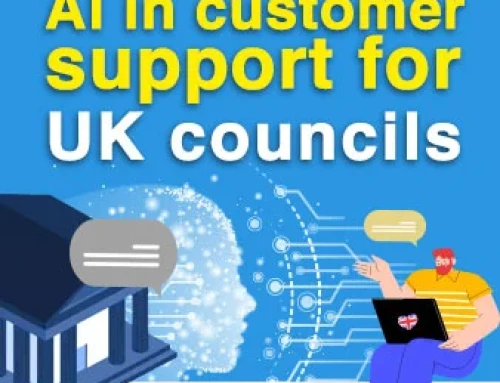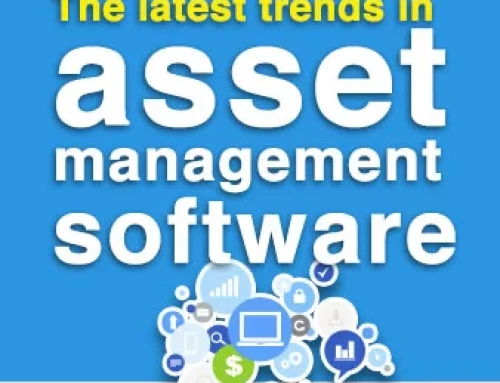Why should businesses address the Enterprise Application Integration challenges immediately?
Integration challenges and opportunities of the digital era!
‘Connected Customer Experience’ is one of the hottest trends in the market. All the customer-centric organisations are competing on the basis of the experience and service apart from their products. And, achieving the goal of connected experience certainly requires massive data analysis and simplified applications.
That’s how integration comes into the picture – unifying databases and business workflows belonging to different applications. Going by the proper definition, ‘Enterprise application integration (EAI) is the task of uniting the databases and workflows associated with business applications to ensure that the business uses the information consistently and that changes to core business data made by one application are correctly reflected in others.’
Integration of databases and/or workflows is becoming utmost important for modern organisations looking to leverage the Internet and digital benefits. For databases, it creates a single centralised repository that reflects updated information everywhere. It eliminates the scope of data duplication and redundancy. For workflows, it helps in streamlining the processes to offer a seamless experience to the customers without any complexity.
Enterprise application integration is critical for the businesses adopting new systems to support their digital initiatives. Using existing data from applications and harmonising the flow from one to other system requires integration links. Integration must be in place even for maintaining current applications in the digital ecosystem without the silos of data.
Does it come easy?
Well, integration is a hard nut to crack. As opportunistic as it may sound, integrating applications possesses many challenges. In fact, in the latest survey, around 84% of respondents blamed integration challenges for slowing digital transformation progress. And, nearly 83% reported that data silos were creating business challenges in their organisation. These concerns must be addressed to fulfil the gap.
IT leaders are facing a lot of challenges to map their digital transformation journey but the crux of the matter is ‘Integration’ of the data and workflows. In the Connectivity benchmark report by MuleSoft, an organisation uses an average of 900 applications to serve different purposes out of which they can only connect or integrate 29% of the applications to drive efficient outcomes. 59% of participants shared their concerns over introducing new applications because of the limitations of their legacy systems.
Another major barrier is having a limited budget (less than 10% annual increase) in hand. A bunch of existing applications to integrate and/or to introduce with a little or no increase in their budget is making it tough for the businesses to succeed with their digital initiatives. Considering cost-effective integration is an absolute necessity to reuse existing IT components and derive maximum value out of them.
Lack of integration among different applications used by a business is also due to lack of skills and available resources. Other possibilities include no awareness about utilising the data and applications in the best way, lack of knowledge, cumbersome steps, no vendor support, rigid or too old applications that are out of integration scope, and absence of innovation.
Future is all about connected things and experience…
Integration is no more ‘just-IT’ thing. It expands to include almost all areas of an enterprise. To enable connected customer experience, govern mobile workers, take full advantage of the cloud technology, enhance workforce productivity, reuse data and assets, reduce dependency and simplify the usage of multiple applications.
MulseSoft’s report also highlighted the increasing influence of IT to streamline all areas of the business. 92% of respondents had an opinion that integration needs span beyond IT to a wide range of business lines including business analysts (49%), data science (42%), application owners (38%), support (38%), HR (37%), and marketing (36%). The main motivator is to deliver business and IT efficiencies.
It is quite clear that integration will help the businesses to grow and scale with agility. It will enable them to improve their processes and take advantage of automation. Along with that, it will also drive better relations with customers, suppliers and partners, and further achieve successful outcomes.
With more advanced technologies like IoT, AI and increased use of networks, volumes of data are bound to increase. To make most of this data, it is necessary to have a simplified underlying platform that connects all business applications to maintain data consistency as well as promote intelligent workflows.
Integration is inevitable for IT modernisation!
More than 90% of companies are looking to embrace digital opportunities. In a recent Cleo report, 47% of respondents reported an increasing need to integrate with SaaS applications to meet new business demands. On the other side, poor integrations resulted in a loss of up to $500,000 of annual revenue for 57% of respondents. No wonder why enterprise application integration is on the checklist before choosing any new IT application.
It is almost impossible to achieve IT modernisation without integrating and following an all-in-one approach. As the number of applications in use grows, it adds to the complexity. So, it’s understandably beneficial to overcome the integration challenges with a planned approach such that it helps to create end-to-end data and process visibility. Then only, an organisation can compete to deliver the desired connected customer experience. Confused about enterprise application integration or choosing an all-inclusive platform? Connect with our experts.
Keep Integrating!





